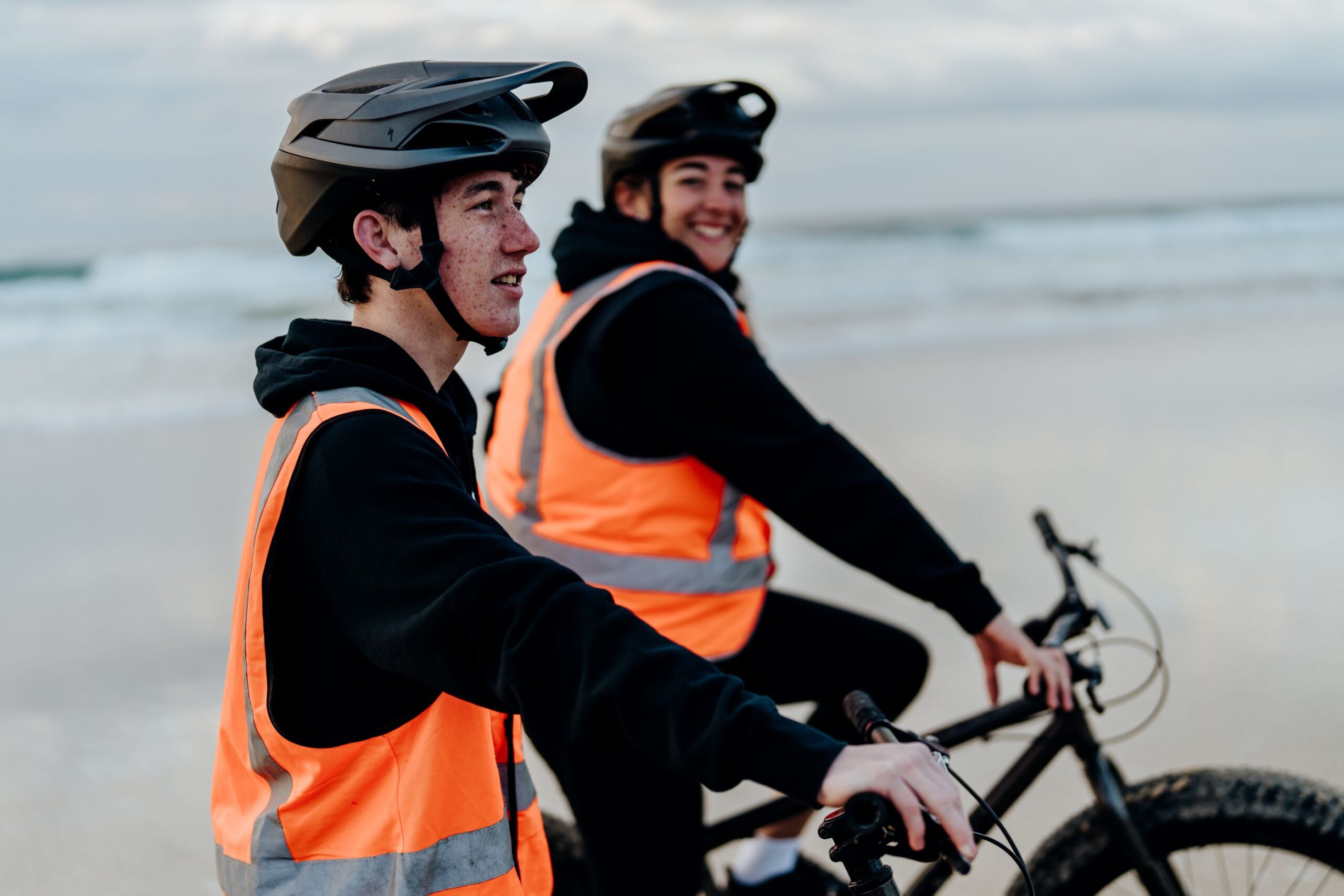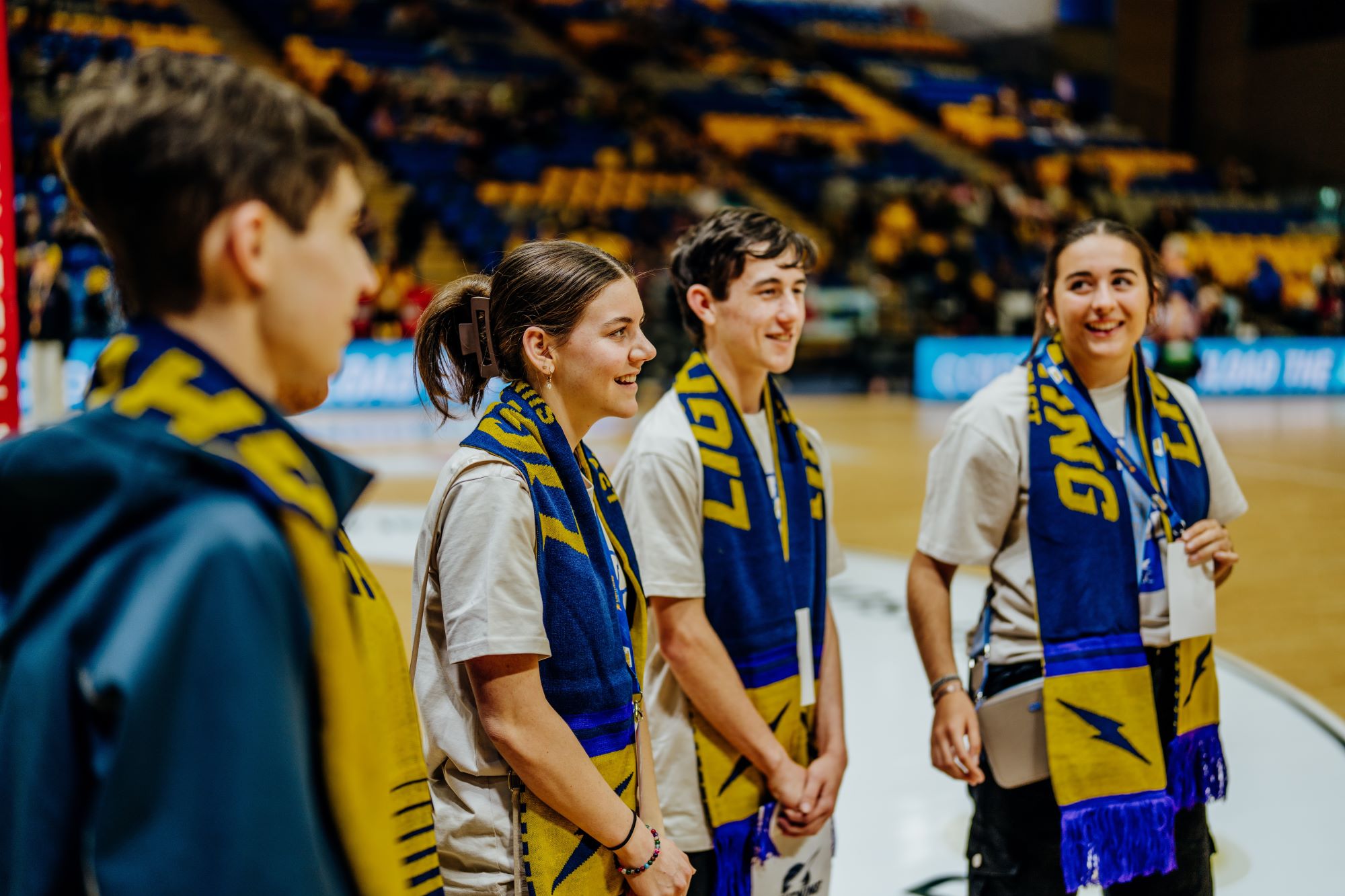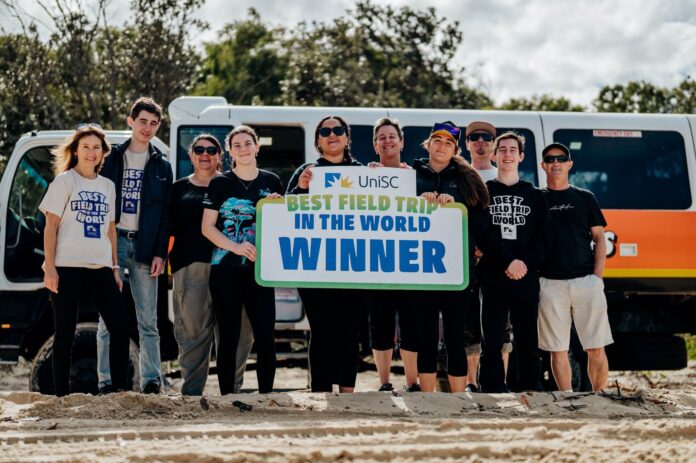Two Sunshine Coast Year 12 students have seen where tertiary education can take them during the field trip of their lives, thanks to the University of the Sunshine Coast.
Jacob Browne, of Meridan State College, and Jack Peck, of Caloundra State High School, were two of five winners of UniSC’s Best Field Trip in the World competition.
The four-day field trip included visiting the world’s largest sand island, cultural immersion, a premier netball match, joining a rugby league match with a human biomechanics expert, an encounter with robotic dogs, and a chance to join current UniSC students on their outdoor field studies.
Jack said the trip had convinced him to try and go to university when he finishes school.
“I wasn’t really sure about university but on this trip I have been introduced to so many people it has driven me to go to uni for the knowledge and qualifications, but also because it can give me a different perspective on the world,” he said.
“I’ve always wanted to study history and politics but, from what I’ve seen on this trip, I’d like to give environmentalism and photography a go, and K’gari really inspired me.”

Jacob said he was keen to pursue journalism with a particular interest in rugby league.
“This trip was probably the most fun I’ve ever had, and everyone was really inviting,” he said.
“Not having a phone was great. It gives you a bit of a change of pace and a refresh of mind, instead of just constantly doing the same thing over and over again.”
The other field trip winners were Casey Springhall of Kingaroy State High School, Sophia Sidney of Deception Bay High School and Kristen Rowlands of St Patrick’s College in Mackay.
UniSC vice-chancellor and president Professor Helen Bartlett said the trip had impact because the winners were accompanied by subject matter experts.
“They’re not just watching a football match, they’re going behind the scenes with a sport exercise scientist to dig deeper and learn more,” she said.

Professor Bartlett said most degrees offered by the university involved students completing work-integrated learning alongside industry leaders outside of the classroom.
She said the trip covered three neighbouring UNESCO Biosphere Reserves, from the world’s largest sand island K’gari through coastlines and waterways to the subtropical rainforests and mountains of Noosa and the Sunshine Coast.
“Biospheres are not only ecologically fascinating and beautiful places to conduct study and conservation work, but they are also closely located to places where people live, learn and interact with the landscape,” Professor Bartlett said.
“As a university that places enormous focus on research, campus operation and education that aligns with the United Nations’ Sustainable Development Goals, we are fortunate to have access to such a rich network of landscapes, biodiversity, cultural heritage and communities,” she said.
Like stories about Sunshine Coast people doing great things? Help us deliver more by registering for our FREE daily news feed. All it requires is your name and email at the bottom of this article.





